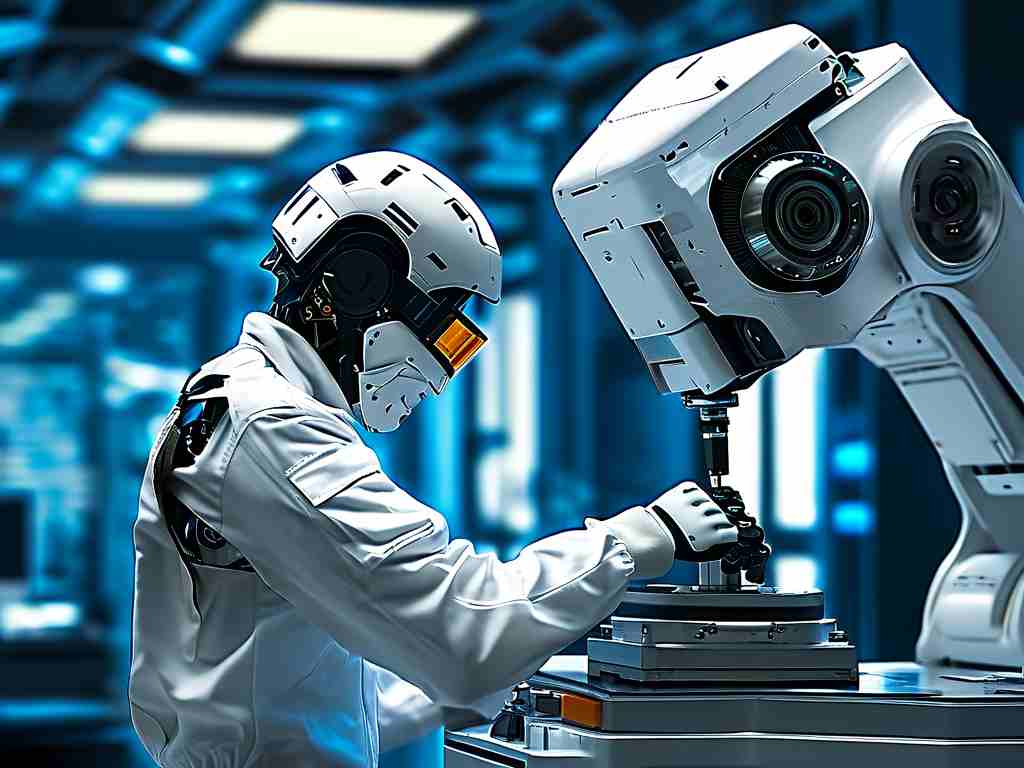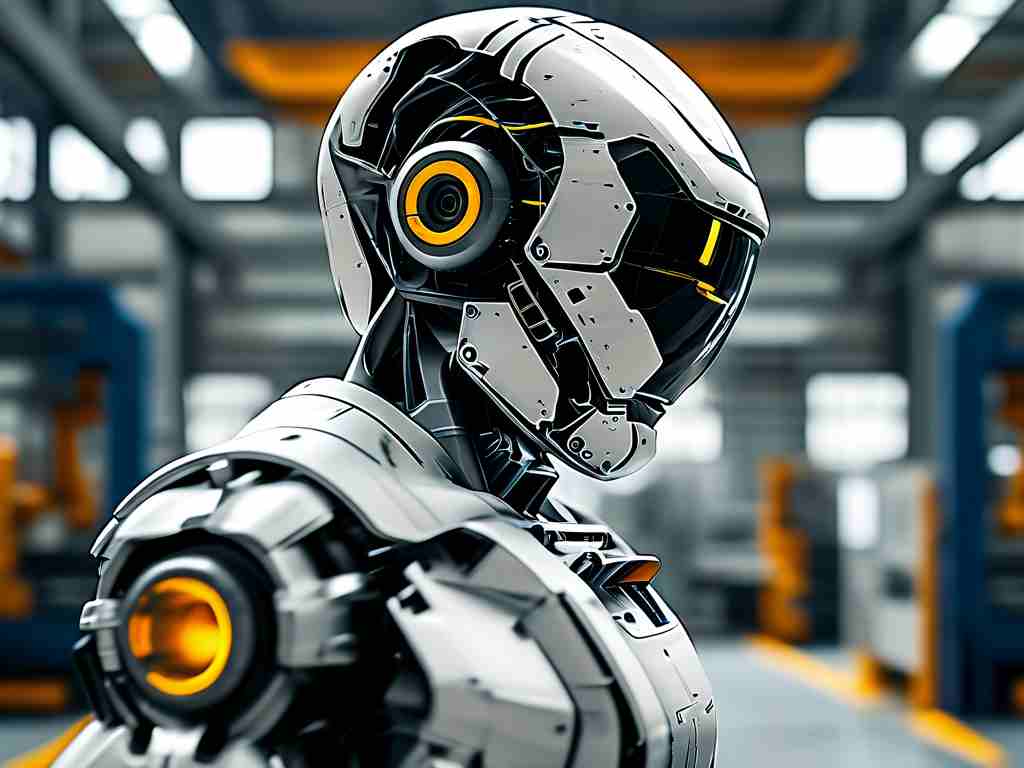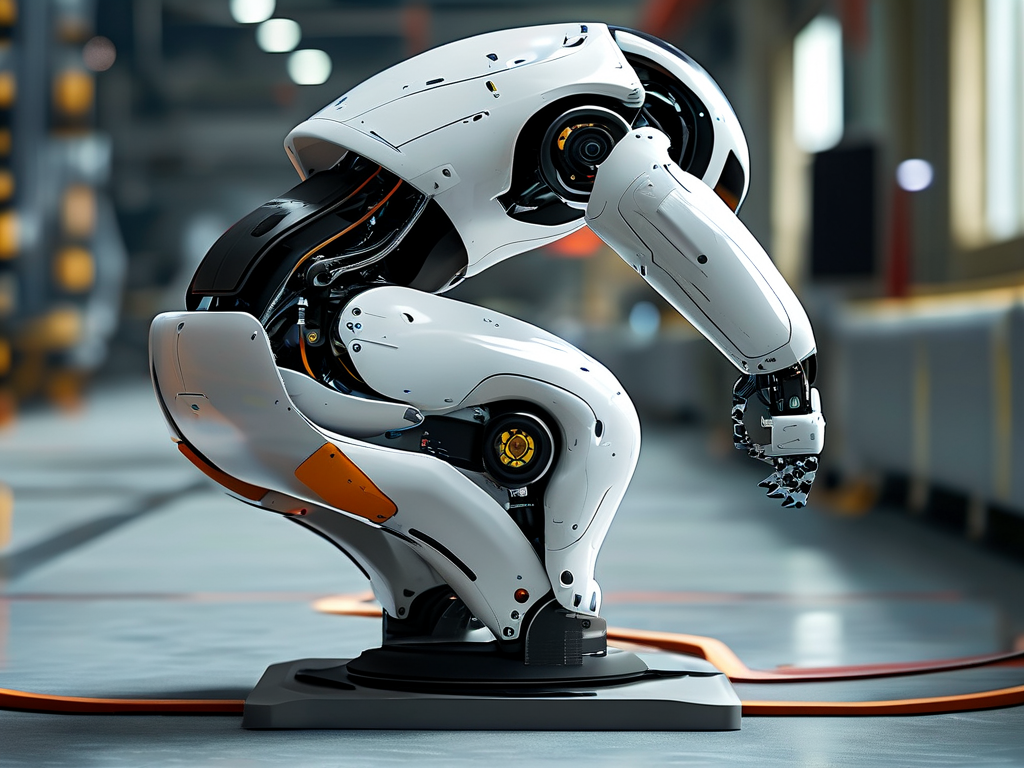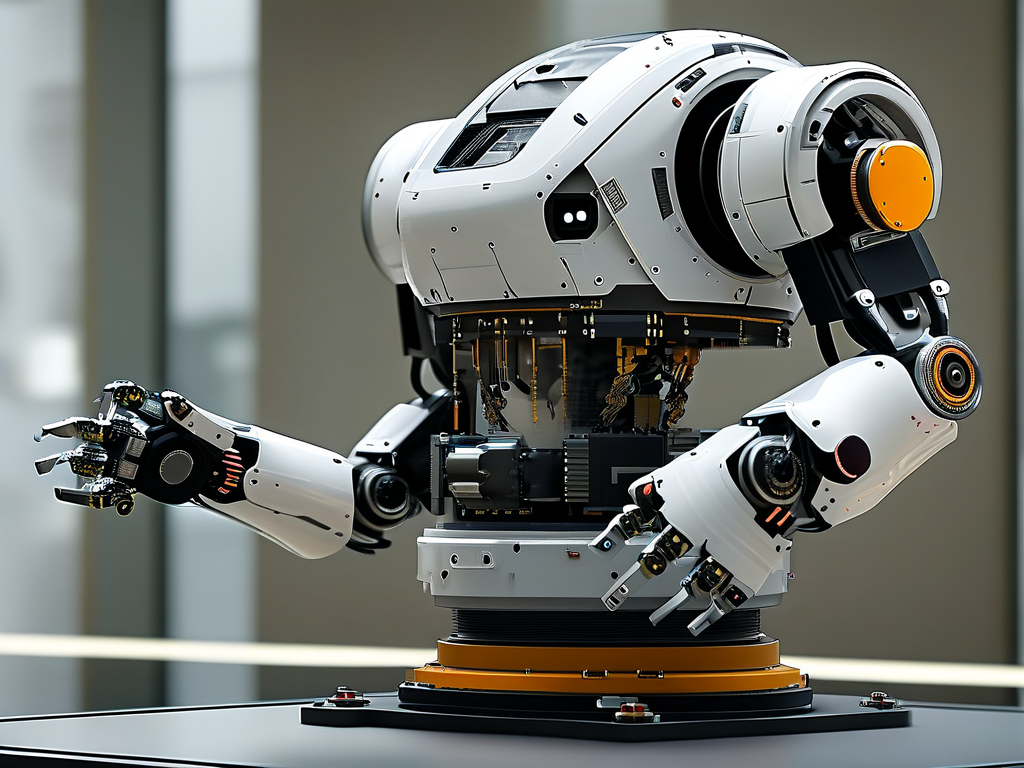As winter storms intensify across global climate zones, the demand for efficient ice removal solutions has driven rapid advancements in de-icing robot technology. These autonomous systems are transforming how industries tackle ice accumulation – from aviation runways to power transmission networks – offering precision, safety, and cost-effectiveness unmatched by traditional methods.
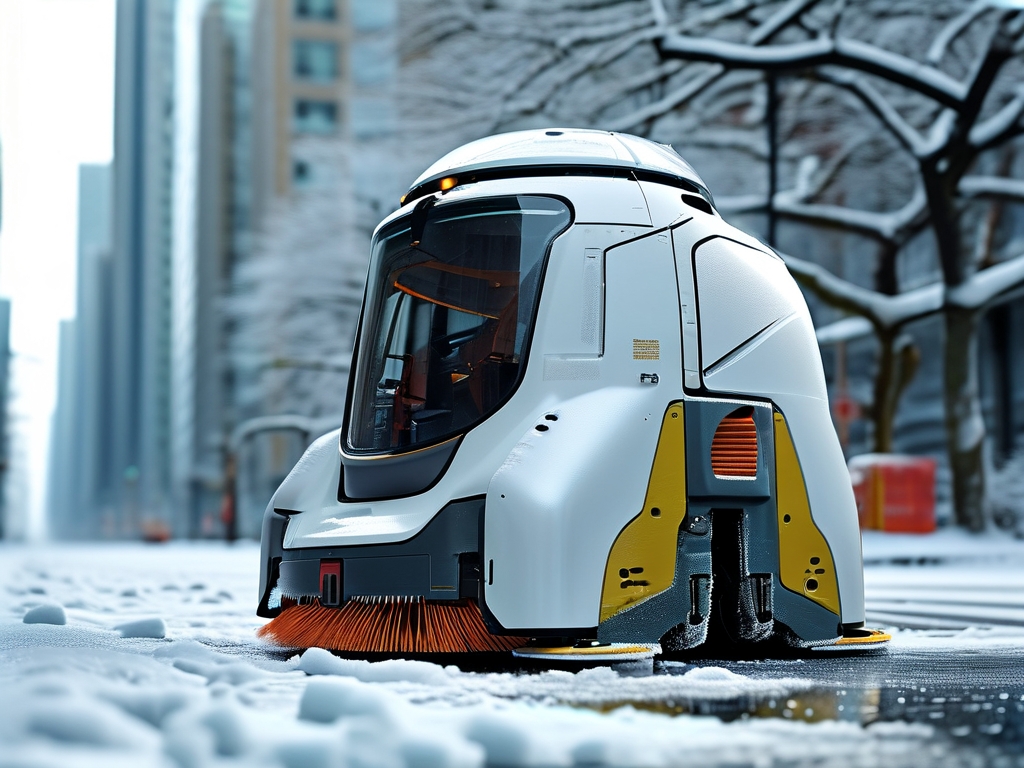
Core Technological Framework
Modern de-icing robots integrate multiple cutting-edge systems. Thermal imaging sensors detect ice thickness variations as small as 0.5mm, while AI-powered navigation algorithms enable precise movement across complex terrains. The latest models employ hybrid de-icing mechanisms combining:
- Low-frequency ultrasonic vibrations (20-40 kHz) for surface layer disruption
- Environmentally friendly biodegradable heating fluids
- Adaptive pressure control for delicate surfaces
A notable example is the GlacierClear X3 model deployed at Oslo Airport, which reduced de-icing chemical usage by 62% while maintaining 99.3% operational reliability during extreme weather events.
Sector-Specific Implementations
-
Energy Infrastructure
Robotic ice removal has become critical for maintaining power grid stability. In Canada's Quebec province, autonomous climber robots now service 85% of high-voltage transmission lines, preventing ice-induced outages that previously cost $2.8 million annually per 100km of cable. -
Urban Mobility
Cities like Chicago now deploy fleets of sidewalk-clearing robots that coordinate with municipal weather systems. These units pre-treat surfaces using predictive analytics, reducing salt usage by 40% compared to manual operations. -
Renewable Energy
Wind farm operators report 18% increased winter productivity using turbine blade de-icing robots. The Nordic Wind Consortium's recent trial demonstrated how autonomous drones with laser de-icers can service offshore turbines without human intervention.
Operational Challenges
Despite technological leaps, engineers continue addressing key limitations:
- Battery performance degradation below -30°C
- Sensor accuracy in heavy snowfall conditions
- Public acceptance of autonomous systems in shared spaces
The 2023 Arctic Robotics Symposium revealed that 73% of current R&D investment focuses on cold-weather energy solutions, with graphene-based heating elements showing particular promise in recent prototypes.
Economic and Environmental Impact
Adoption metrics demonstrate compelling returns:
- Aviation sector: 28% reduction in flight delays at robotic-equipped airports
- Highway maintenance: $17 saved per lane mile through predictive de-icing
- Carbon footprint: Equivalent to removing 12,000 combustion vehicles annually through optimized chemical usage
Regulatory bodies are catching up, with the EU publishing new safety standards (EN-ICE2030) specifically for autonomous de-icing systems. Meanwhile, insurance providers now offer 15% premium discounts for infrastructure using certified robotic solutions.
Future Development Trajectory
Emerging trends point toward three key advancements:
- Swarm intelligence systems for large-area coordination
- Self-repairing surface materials combined with active de-icing
- Quantum computing-enhanced weather prediction integration
The recent collaboration between MIT's Robotics Lab and the World Meteorological Organization aims to deploy the first climate-adaptive de-icing network across Scandinavia by 2026, potentially serving as a global template.
As climate patterns grow more unpredictable, de-icing robotics stands at the forefront of critical winterization technologies. With ongoing refinements in energy efficiency and AI decision-making, these systems are poised to become indispensable assets in humanity's adaptation to extreme weather challenges.


